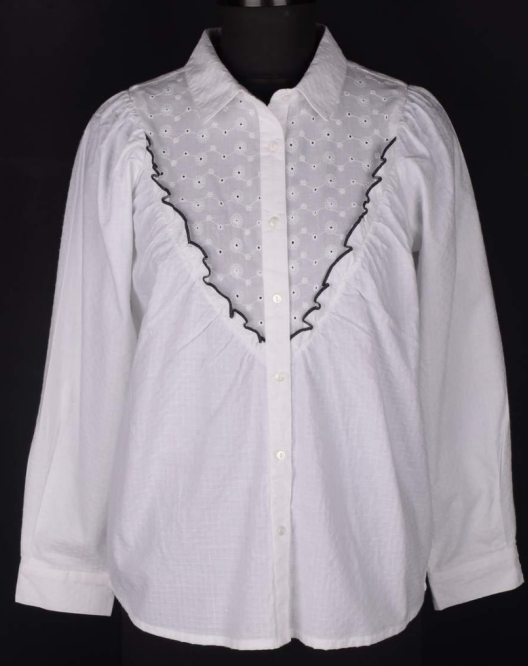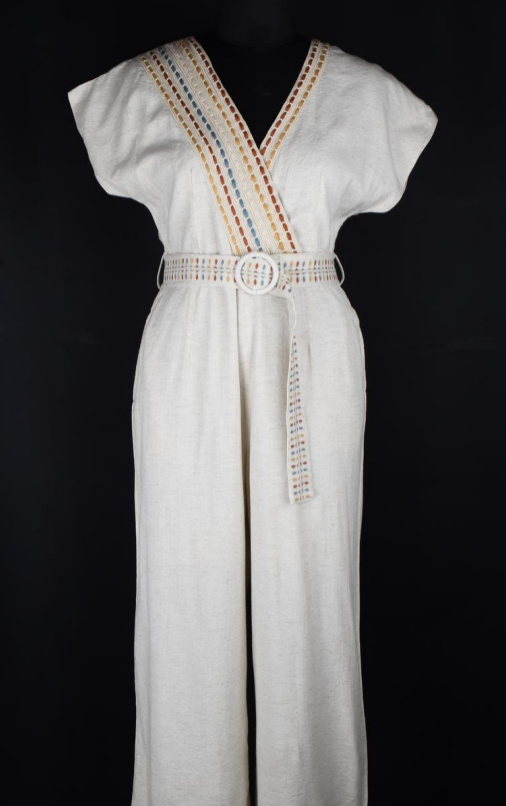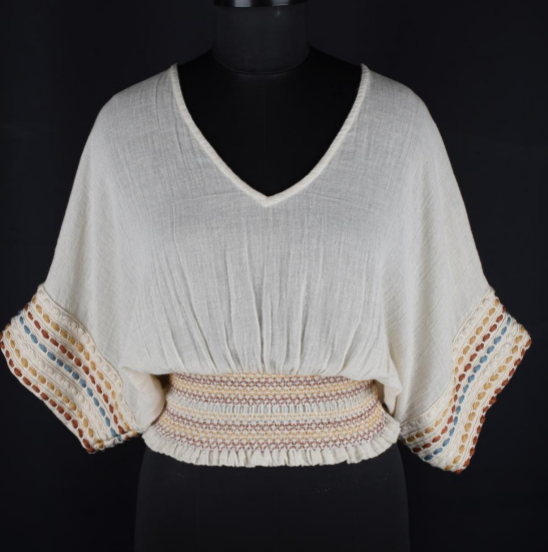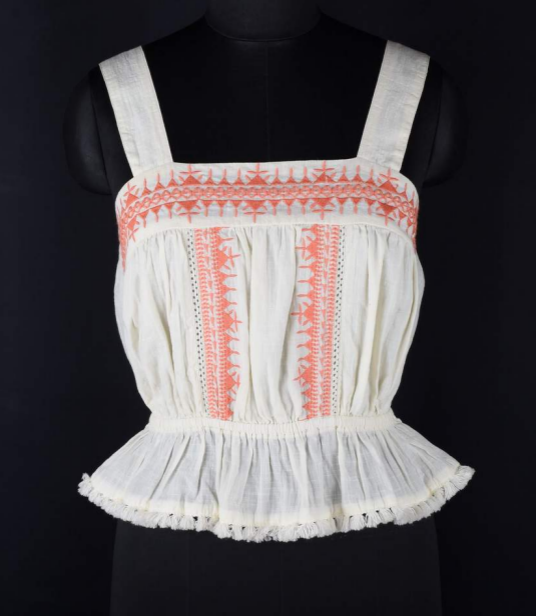The Contribution Of The Textile World Towards A Sustainable Future
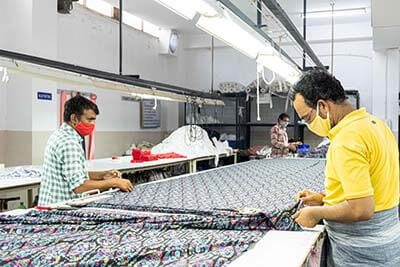
The fashion industry has always been focused on coming up with new and more forward trends to make the world more fashionable. However, the most trending trend in today’s time has become- Sustainability. It is the need of the hour. A sustainable future is and should be our gift to ourselves and our future generations.
Before talking about the role of the textile world in creating a sustainable future, we should first understand the meaning of sustainable fashion. Sustainable fashion can be simply defined as clothing, shoes, and other accessories that are manufactured, distributed, and used in a more sustainable manner by taking both environmental and socio-economic aspects in mind.
We, at Cheer Sagar, are the pioneers of ethical and sustainable fashion. From sourcing to manufacturing to designing clothes, we try to use as little hazardous chemicals as we can, use fabrics that are sourced from places that waste less water or require less water for production, and we try to use every small piece of cloth that comes into our factory while recycling as much as possible.
Just like us, clothing manufacturers today, are making sure that their entire manufacturing process follows protocols and methods to promote sustainability. All the products are made in accordance with the environmental perspective and don’t have any dangerous impact on ecological balance.
You might be surprised to know that the Indian textile sector is one of the oldest in the Indian economy dating back to the 19th century. In fact, India is the 2nd largest producer of textiles and garments in the world while the 3rd largest producer of cotton after China and the USA. The Indian Market comes second only after China in the overall consumption of cotton.
The Indian textile sector is vast, highly diversified, and vast catering to a broad range of segments from traditional handloom products to cotton, wool, and silk products along with the products varying across natural and man-made fiber, yarn, and apparel. It is varied carrying hand-spun and hand-woven textile sectors at one end of the spectrum and capital-focused mills sector at another end of the spectrum. In addition to this, the Indian textile industry is closely associated and dependent on the agriculture industry to get raw materials such as Cotton as well as capable enough to produce a wide variety of products suitable for different types of market segments. If we are talking about the role of the textile world towards a sustainable future, we should take a look at its past and current market size. Here it is as follows:
Market Size:
-
The overall exports of textile from India are expected to reach US$ 82 billion in FY 2021 from US$ 39 billion in FY 2019 as per the recent reports by India Brand Equity Foundation.
-
In FY 2019, India’s textile industry contributed 7% of the industry output. Plus, it contributed 2% to the GDP of India and employed more than 45 million people being the second-largest employment generating sector in the country. The sector also contributed 15% to India’s export earnings in FY 19.
-
In FY 2018, the Indian textile industry exported US$ 39.20.
Government Initiatives
Considering these astonishing factors, the Indian government announced certain effective measures to further improve the Indian textile industry as well as to promote mergers and acquisitions in India. Several export promotion policies have been introduced to the textile sector. Some of the major initiatives taken by the government are here as follows:
-
The new draft of the National Textile Policy is focused on facilitating new jobs by way of increasing foreign investments. Therefore, 100% FDI (Foreign Direct Investment) has been allowed in the Indian textile sector under the automatic rule. Moreover, free trade with ASEAN is also allowed to improve exports in the country.
-
The mandatory packaging of foodgrains and sugar in jute material for the Jute has been approved by CCEA.
-
Huge investments are being initiated by the Indian Government under the Scheme for Integrated Textile Parks (SITP) and Technology Upgradation Fund Scheme to empower more private equity for the training workforce.
-
An amount of USD 3.27 million has been invested by the government to set up a modern apparel garment manufacturing center in every north-eastern state. These initiatives will play an important role in grabbing new opportunities in the textile sector.
-
The Future Group is focused on opening 80 new stores under its cost-effective fashion format, FBB, and also targeting the approx sales of 230 million units of garments. This is expected to reach 800 million units by the year 2021.
-
Considering the importance of promoting the textile sector in India, the Ministry of Textile is working for the development of technical textiles in India.
-
Several effective measures have been taken by the government including the Amended Technology Up-gradation Fund Scheme (A-TUFS), to generate employment for 35 lakh people and enabling investment worth Rs. 95,000 crores by 2022.
-
207 HS Codes have been notified as technical textile products to facilitate a unique identity and recognition to this sector.
To conclude, the future of the textile industry in India looks amazing and has a positive outlook. It has large, diversified segments along with the availability of highly skilled manpower and a good market for textile products that enable businesses and end-consumers to select from a wide range of products. The industry is becoming competitive in the international market and with a strong and proper market entry strategy, the contribution of the Indian textile industry towards a sustainable future is bright.
Related Blog
Ways To Dress Up In This Monsoon: Some Cute Ideas
Women are very choosy and particular when it comes to their wardrobe collections. We all know that monsoon is the...
Why Cotton Stays An Evergreen Fabric Choice In The Fashion Industry
It’s fascinating how something dated back to 600 BC can hold such substantial importance in the modern-day. We are talking...
How Indian Women’s Wear Found Its Place In The Spanish Fashion Market
Spain and India have had a fruitful relation both geopolitically and culturally for years. From having perhaps the highest number...

